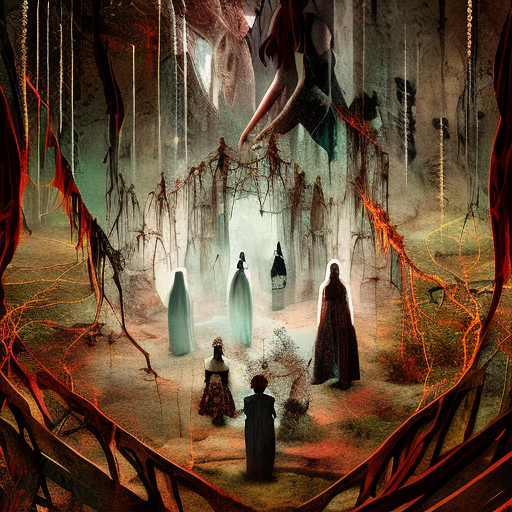One-line Summary:
“Shirley” is a captivating novel by Charlotte Brontë that explores themes of love, friendship, and social change in 19th-century England.
Introduction:
Set in the early 19th century, “Shirley” by Charlotte Brontë tells the story of two young women, Caroline Helstone and Shirley Keeldar, who navigate the challenges of love, friendship, and societal expectations in the midst of the Industrial Revolution. Brontë masterfully weaves together themes of class struggle, gender roles, and personal growth in this captivating novel.
The Characters and Their Relationships:
Caroline Helstone, a shy and reserved young woman, is the niece of Reverend Helstone and lives a quiet life in the village of Briarfield. She develops a deep friendship with Shirley Keeldar, a spirited and independent heiress, who becomes a source of inspiration and support for Caroline. Their bond is tested when they both fall in love with the same man, Robert Moore, a mill owner facing financial difficulties. The complex relationships between Caroline, Shirley, and Robert form the heart of the novel, as they navigate their feelings and societal expectations.
The Industrial Revolution and Social Change:
Brontë skillfully incorporates the backdrop of the Industrial Revolution into the narrative, highlighting the social and economic changes of the time. The introduction of machinery and the rise of factories disrupt traditional ways of life, leading to tensions between the working class and the wealthy landowners. Through the character of Robert Moore, Brontë explores the challenges faced by mill owners as they grapple with financial struggles and the ethical implications of their business practices. The novel delves into the complexities of class struggle and the impact of industrialization on society.
Love, Friendship, and Personal Growth:
“Shirley” delves into the complexities of love and friendship, as the characters navigate their emotions and societal expectations. Caroline’s unrequited love for Robert Moore forces her to confront her own desires and question the limitations placed on women in society. Shirley, on the other hand, challenges traditional gender roles and embraces her independence, refusing to conform to societal expectations. Through their experiences, Brontë explores the themes of self-discovery, personal growth, and the pursuit of happiness.
Key Takeaways:
- Brontë’s “Shirley” is a captivating novel that explores themes of love, friendship, and social change in 19th-century England.
- The Industrial Revolution serves as a backdrop, highlighting the social and economic changes of the time.
- The complex relationships between the characters, particularly Caroline, Shirley, and Robert, form the heart of the narrative.
- The novel delves into the complexities of love, friendship, and personal growth, challenging societal expectations.
Memorable Quote:
“I am no bird; and no net ensnares me: I am a free human being with an independent will.” – Shirley Keeldar
In “Shirley,” Charlotte Brontë skillfully explores the themes of love, friendship, and social change in 19th-century England. Through the characters of Caroline Helstone and Shirley Keeldar, Brontë delves into the complexities of personal growth and the pursuit of happiness. The backdrop of the Industrial Revolution adds depth to the narrative, highlighting the social and economic changes of the time. “Shirley” is a captivating novel that continues to resonate with readers, reminding us of the power of love, friendship, and the pursuit of independence.












